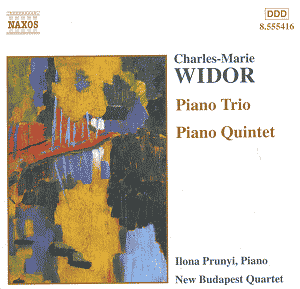 Composer: Bedrich Smetana
Composer: Bedrich Smetana
Works: Czech Dances, 2nd series (1879), Six Characteristic Pieces Op. 1 (1848)
Performers: Jan Novotný, piano
Recording: Domovina Studio, Prague (Czech Dances), 1972; Dvořák Hall, Rudolfinum, Prague (Six Characteristic Pieces), 1980
Label: Supraphon
The music of Bedrich Smetana stands as a cornerstone in the development of Czech national identity within the classical canon. His oeuvre not only reflects the rich tapestry of Czech folk music but also encapsulates the composer’s personal narrative, marked by triumph and tragedy. This Supraphon recording presents a dual portrait of Smetana through two distinct yet complementary works: the earlier Six Characteristic Pieces Op. 1 and the later Czech Dances, both illuminating his evolution as a composer and his deepening engagement with the folk idioms that would define his legacy.
Jan Novotný’s interpretation of the Six Characteristic Pieces, composed when Smetana was only twenty-four, reveals a keen understanding of the youthful exuberance and lyrical simplicity that characterize these early works. Each piece, while bearing the hallmarks of a formative stage, foreshadows the thematic richness to come. Notably, “The Shepherdess” stands out with its pastoral charm and tender expressiveness, evoking the innocence of rural life. Novotný’s phrasing is fluid, allowing the melodic lines to breathe, as he deftly balances the youthful optimism of the music with a nascent sense of identity that Smetana would later fully embrace.
In contrast, the Czech Dances, crafted in the last decade of Smetana’s life, showcase a composer fully immersed in the folk traditions of his homeland. These dances are a celebration of rhythm and melody, as evidenced in the buoyant Furiant and the playful Oats. Novotný navigates the intricate rhythms with remarkable precision, making effective use of dynamic contrasts that highlight Smetana’s use of thematic pairs—each dance serving as both a complement and a foil to the other. The frequent shifts in time signature, referred to as “confounds,” add a layer of complexity that Novotný handles with an impressive fluidity, enhancing the liveliness of the music.
The recording quality is notable; the engineering captures the resonance of the piano within the intimate settings of the Domovina Studio and Dvořák Hall, allowing for a rich tonal palette that is both clear and vibrant. The clarity of the recording helps to illuminate Smetana’s intricate counterpoint and rhythmic intricacies, which can sometimes be obscured in less adept productions. Comparison with previous recordings, such as Rudolf Firkušný’s interpretations from the 1950s, reveals Novotný’s more modern approach—his performances are imbued with a sense of spontaneity and warmth that feels particularly engaging.
The interplay of folk elements, technical prowess, and emotional depth in this recording of Smetana’s music is compelling. Novotný’s interpretations not only pay homage to the traditions that influenced Smetana but also bring a fresh perspective that resonates with contemporary audiences. The Czech Dances, with their vibrant character and memorable melodies, serve as a vital link to the works of composers like Dvořák and Janáček, while the Six Characteristic Pieces provide an illuminating glimpse into the early development of Smetana’s artistic voice. This recording stands as a significant contribution to Smetana’s discography, deftly marrying historical context with interpretive insight, ultimately reaffirming the importance of his music in the broader landscape of classical literature.



